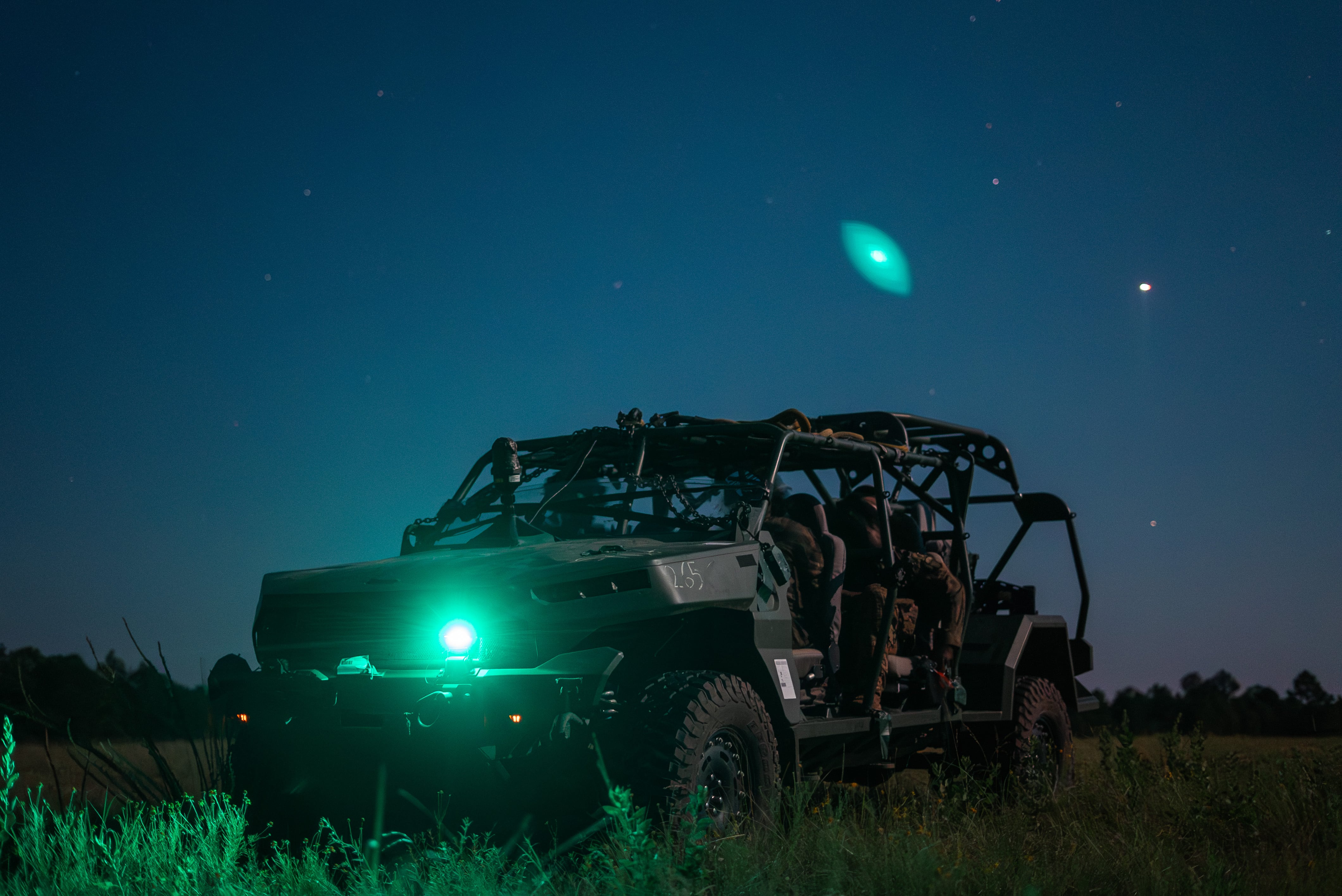


This system may allow small Army teams to probe 1,000 targets per hour
One goal of using the Maven targeting system is for a team of 20 or fewer to be able to identify and strike 1,000 targets per hour.

Reliant on Starlink, Army eager for more SATCOM constellation options
Army officials said at TechNet Augusta that the service wants to ensure its units have access to multiple satellite connectivity options.

Commanders find new ways to leverage network in theater and training
The war in Ukraine and combat training center rotations are yielding lessons for the U.S. Army's network plans.

DISA eyes more vendors, faster contracts for joint cloud successor
The director of the Defense Information Systems Agency said Tuesday the department is in the early phases of planning for JWCC Next.
More Stories

Aircraft carrier Bush gets first-ever Stingray drone control room
The carrier George H.W. Bush is now the host of an unmanned air warfare center, and more carriers are getting it soon.

Signal battalions to be rebuilt for modern combat, Army says
The move, which may be approved by December, is expected to free up signal soldiers for more unit-level work within the brigades.
By Todd South

Army tweaking major software effort to be more commercial friendly
The Army in May unveiled plans to award more than $1 billion in software development contracts over the next decade.




